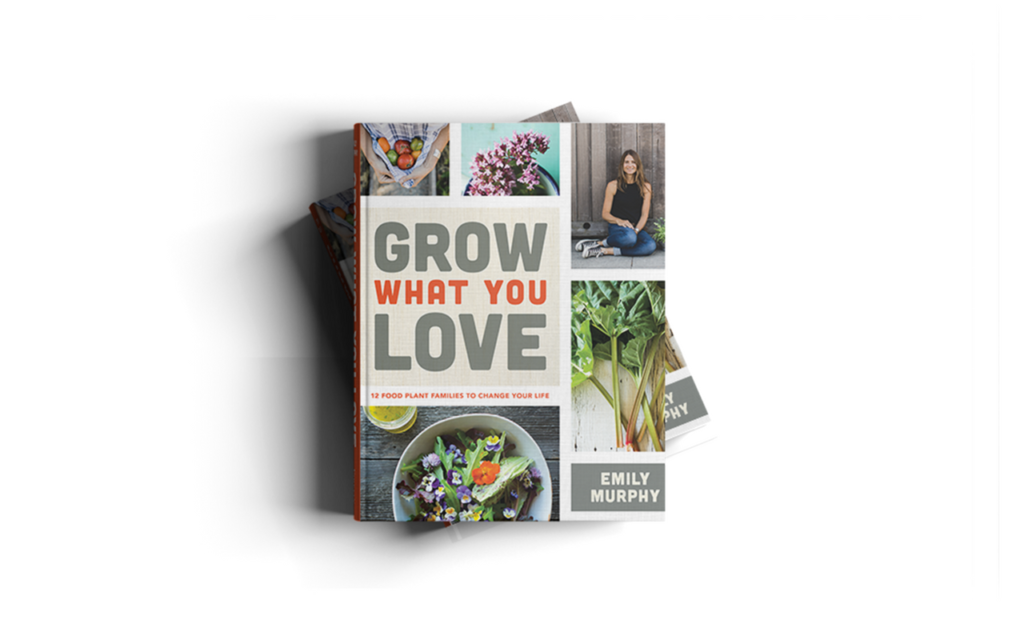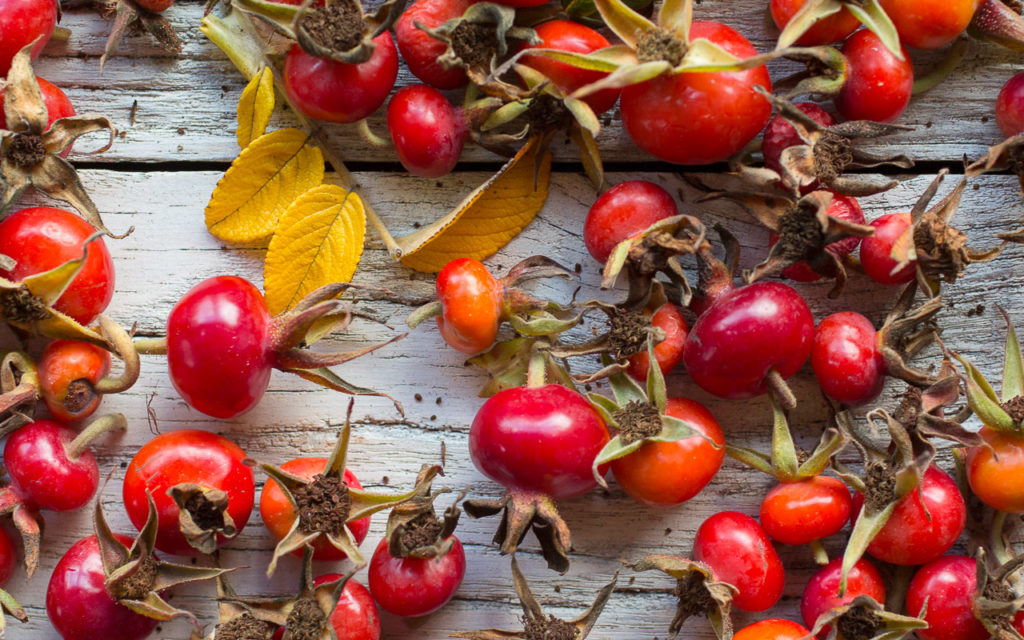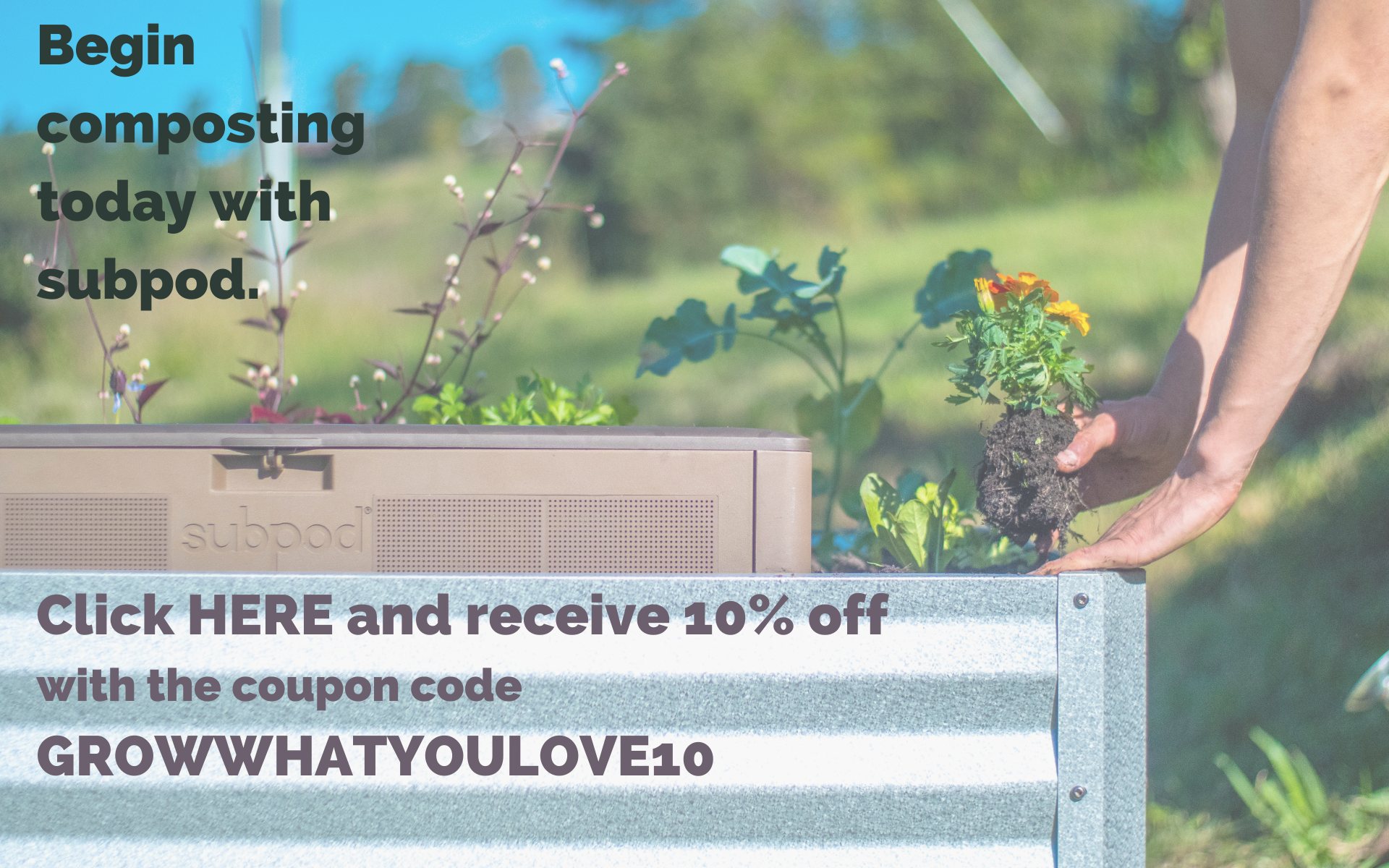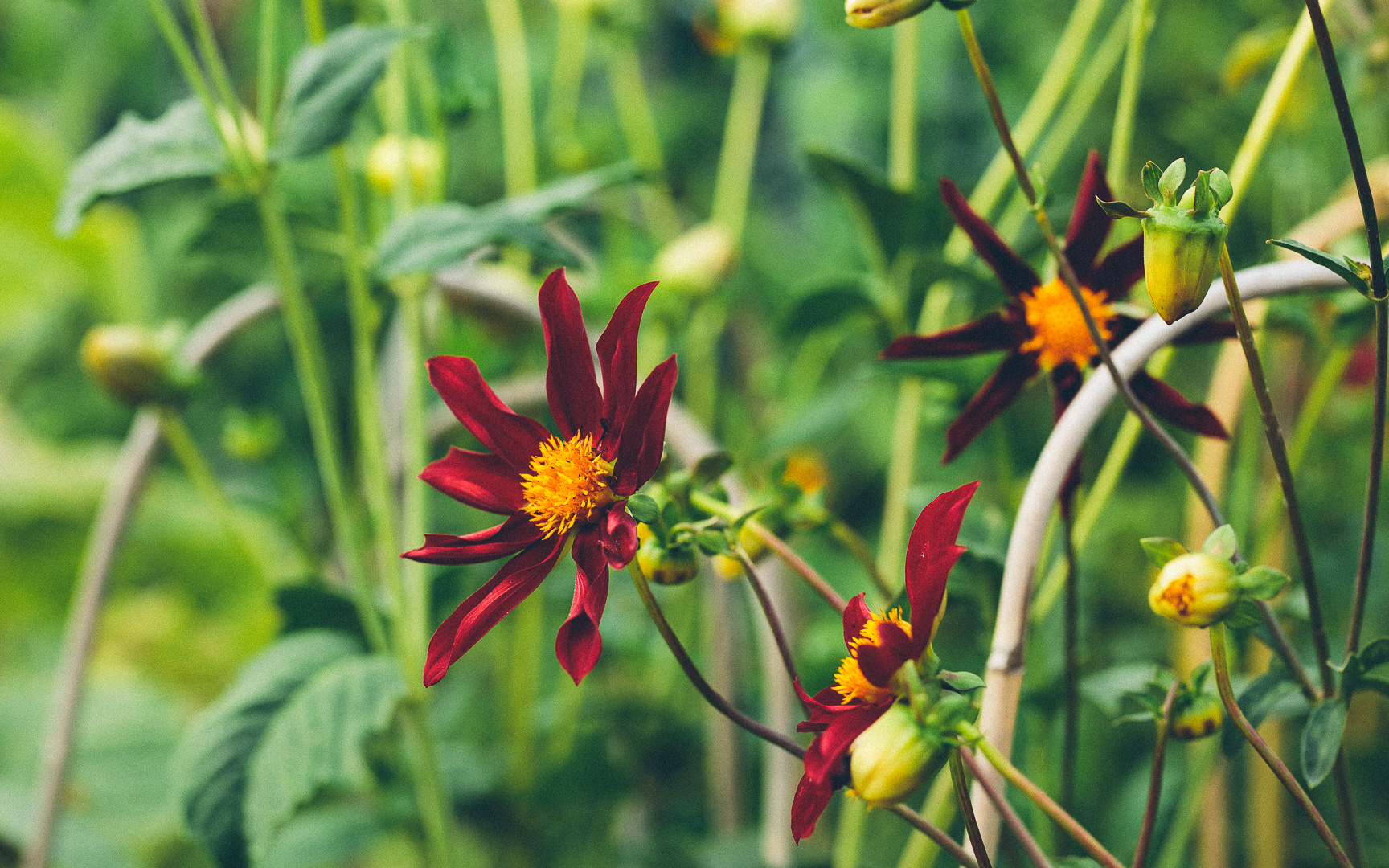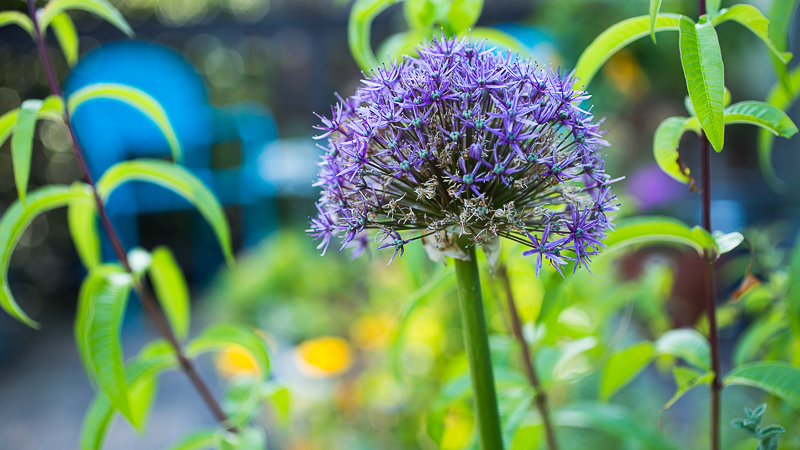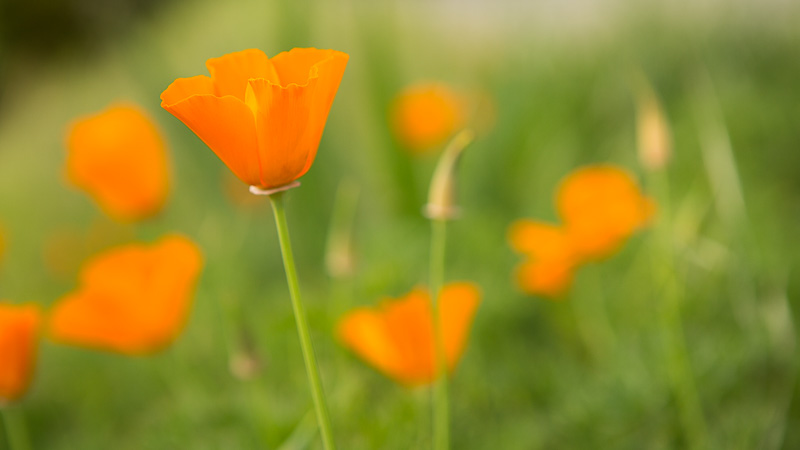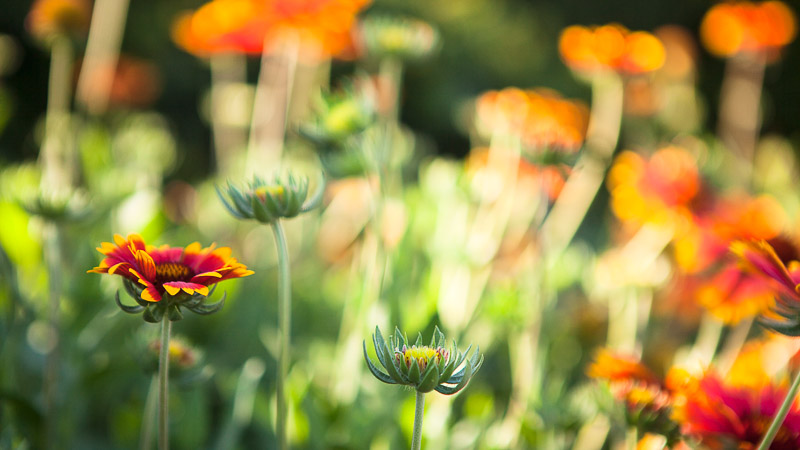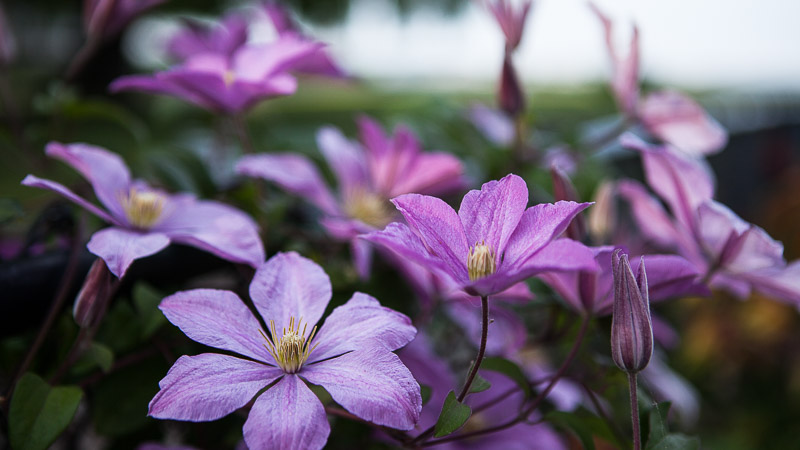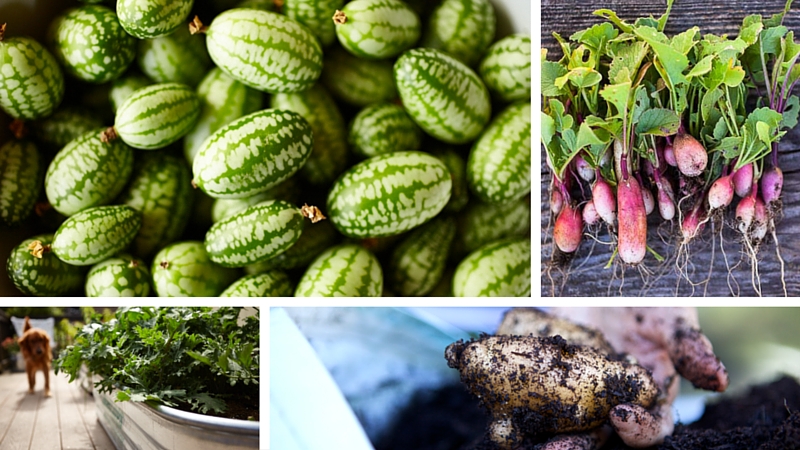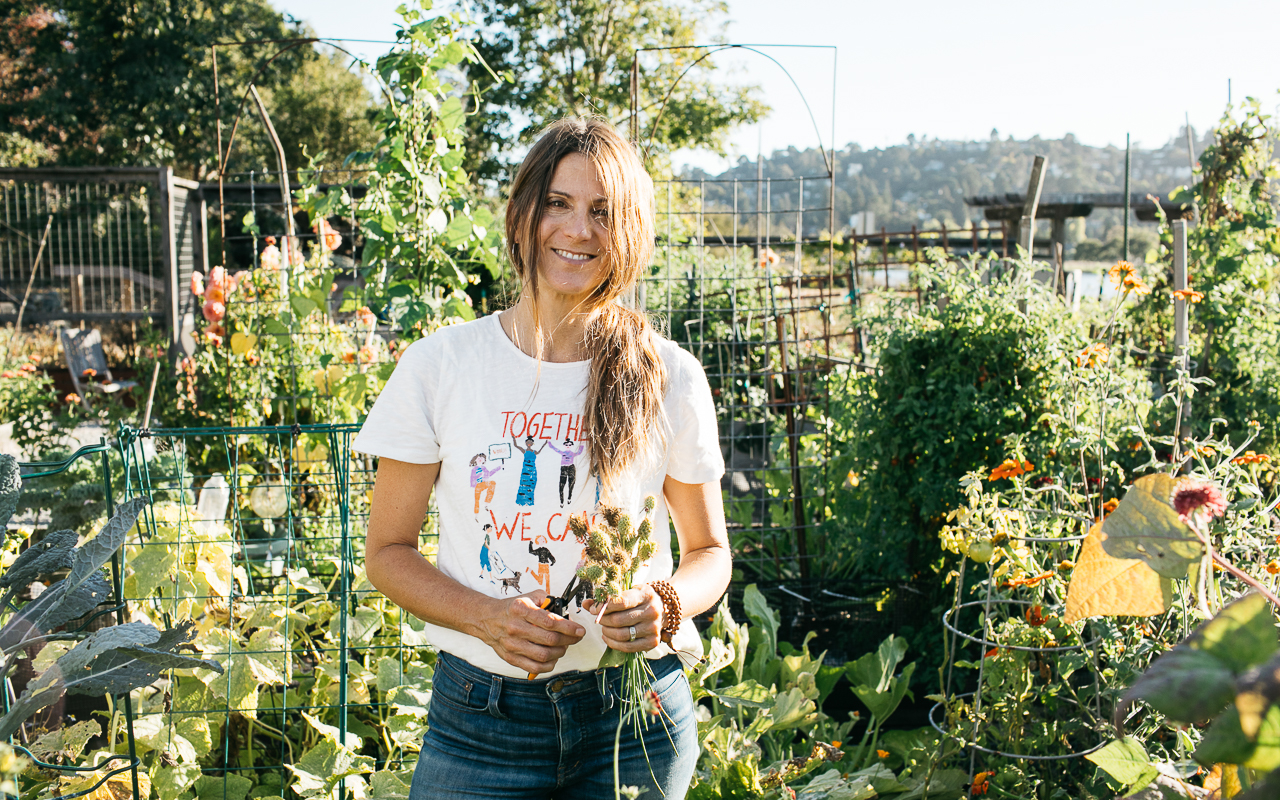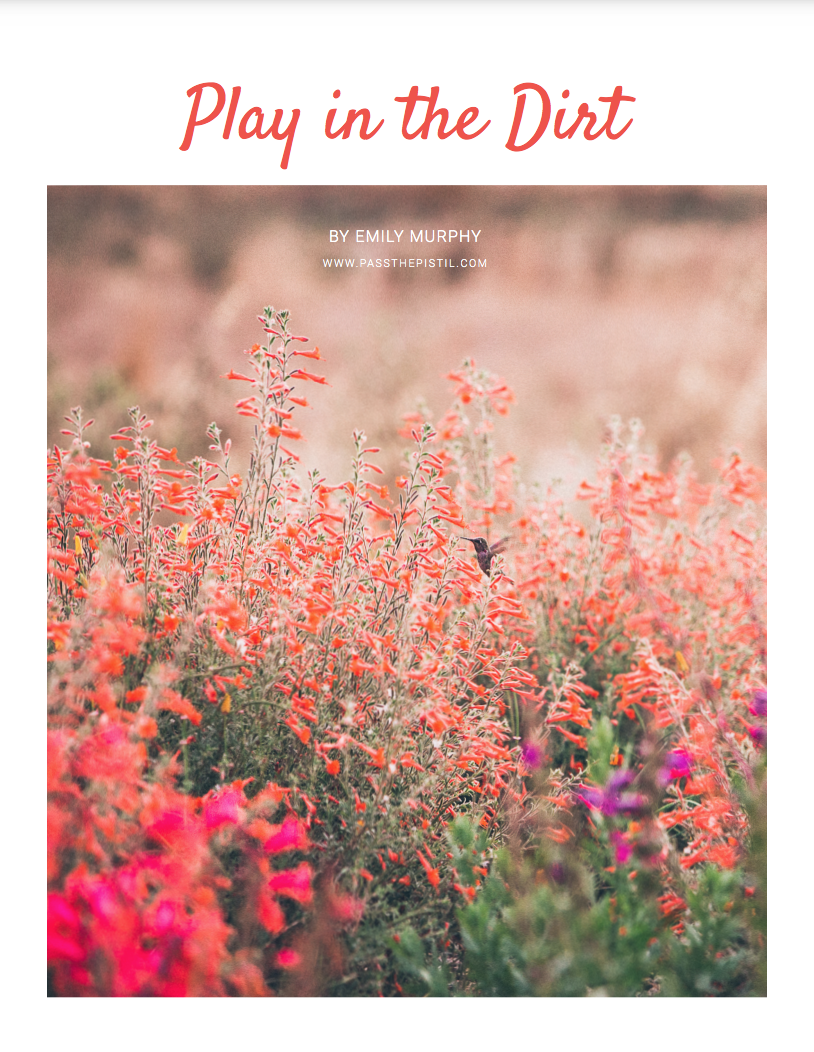How to Store Dahlia Tubers
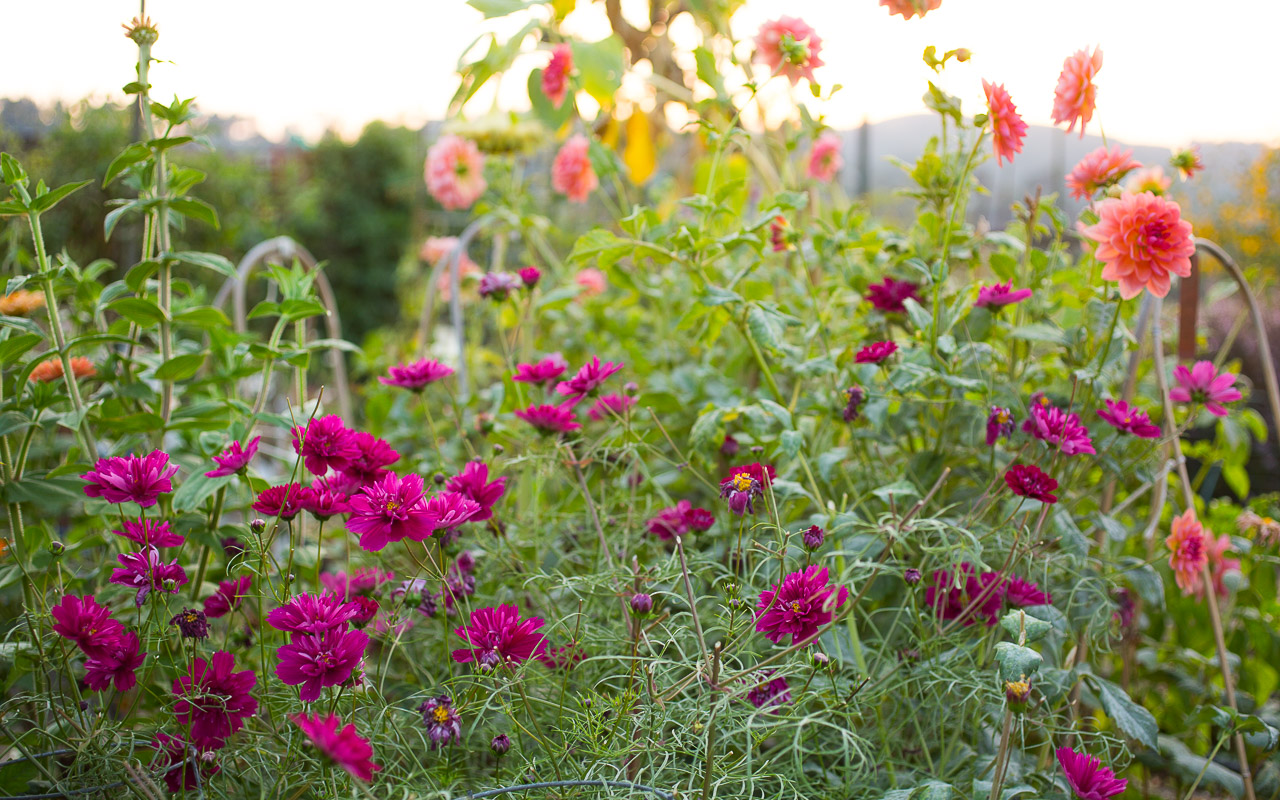

Dahlia growing is serious business. It’s no casual, cut flower gardening past time but something gardeners embark upon year after year as if sanity and happiness depends upon it. (If you have yet to grow dahlias, you’ll soon understand what I mean.) Which is why it’s important to get storage practices right.
The methods for storing dahlia tubers from one season to the next is determined by climate and soil quality. If you live in a warm climate, such as USDA hardiness zone 10 and warmer where a hard frost is rare to none, you don’t necessarily need to dig up your dahlia tubers and pack them away. However, no matter your climate, if your soil lacks good drainage and stays unseasonably wet and waterlogged during winter, it’s wise to pull your tubers to prevent them from rotting.
Note, a hard frost is technically defined as a 4+ hour period in which air temperatures drop below 25F.
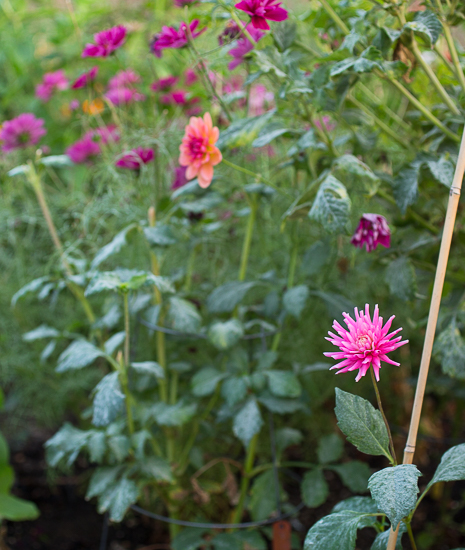
Dahlia tubers can be found just below the soil surface at the root zone, so they’re fairly easy to dig up. And it’s honestly a thrill to see if the tubers have multiplied, increasing your flower growing opportunities the following year (essentially for free).
Before you embark, it’s good to know there’s more than one field of thought as to when to unearth dahlia tubers. It’s possible to dig them after your first frost, which will cause plants to turn brown to black because they’re truly tropical in nature and don’t take to freezing temperatures. Waiting until after your first frost generally encourages eyes to develop on tubers, making it easier to see which ones can be divided out and planted separately the following spring. However, it could also happen that your first frost is a hard frost and you’d risk losing or compromising tubers. I think it’s best to simply watch the weather and use your best judgement.
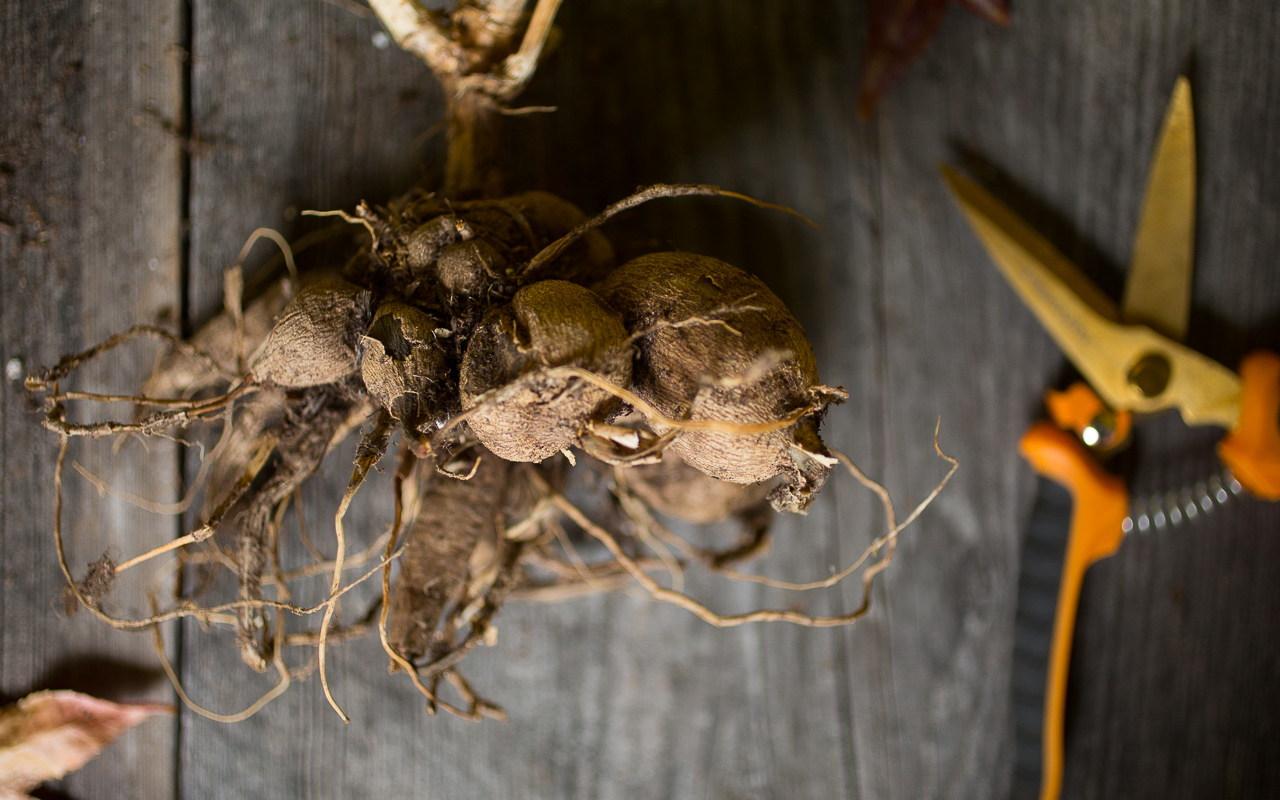
How to Store Dahlia Tubers
- Use a garden fork or even a trowel to dig around the root zone of each individual plant until it easily comes free. Be sure to label plants as you dig them up so you know which is which next season.
- Then, use clippers to cut away the plant near the base of the stem.
- Wash your tubers, spraying them with a hose or give them a wash in a garden sink.
- Set them out to dry in the sun or in a warm, breezy location.
- It’s possible to divide tubers at this time. Simply look for large bunches of tubers and then individual tubers or small sets of tubers that look as if they’d grow into a fine plant all their own. It helps to also look for eyes, like the eyes on a potato, but they’re not always visible and it’s not critical that you see them. Though generally, 3 eyes per clump is best and the bigger the clump, the bigger the growth.
- Once tubers are completely dry, they can be stored. In colder regions, it’s best to pack them away in some sort of insulating material such as saw dust, dried leaves, paper packing materials, or even shredded paper from your shredder. In warmer regions, you can simply place tubers in a paper bag or breathable box — never use plastic.
- Store tubers in a cool, dry environment such as a basement, garden shed, or garage where temperatures range from 40 F to 45 F or as close to it as possible.
- Plant tubers in spring once all chance of frost has passed and soils are about 60F or shortly after you plant your tomatoes.

Other articles you might enjoy:
Listen
Buy The Book
Special offers
Newsletter Signup

Archives
Disclosure
Pass The Pistil is a participant in the Amazon Services LLC Associates Program and other affiliate programs such as Etsy, affiliate advertising programs designed to provide a means for sites to earn fees by advertising and linking to curated affiliate sites.

